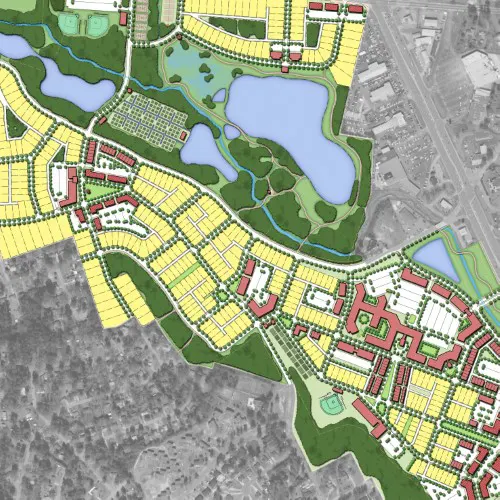Town and gown planning refers to the coordinated efforts of a university or college and the surrounding community or town to create an environment that benefits both groups. The term “town and gown” refers to the traditional distinction between the students and faculty of the university (represented by the gown) and the permanent residents of the community (represented by the town). In town and gown planning, these groups work together to develop a shared vision for the surrounding area, including transportation, housing, and economic development.
One of the main objectives of town and gown planning is to foster positive relationships and mitigate tensions between the university and the local community. This is especially important in areas where the university is a major economic force, as changes in university enrollment or infrastructure can have a significant impact on the surrounding community and its economy. By working together, town and gown planners can identify potential conflicts and develop strategies to address them proactively.
In addition to improving relationships between the university and community, town and gown planning can also lead to greater sustainability and economic vitality for both groups. For example, town and gown planners might work together to develop affordable housing for students and faculty, or to improve public transportation options to help reduce traffic congestion and air pollution. By creating a more livable and sustainable community, town and gown planners can help attract new residents and businesses, boosting economic growth for both the university and the surrounding area.
Ultimately, successful town and gown planning requires collaboration, creativity, and persistence. By fostering positive relationships and working together on shared goals, universities and communities can create more vibrant, sustainable, and equitable places to live, work, and learn.






